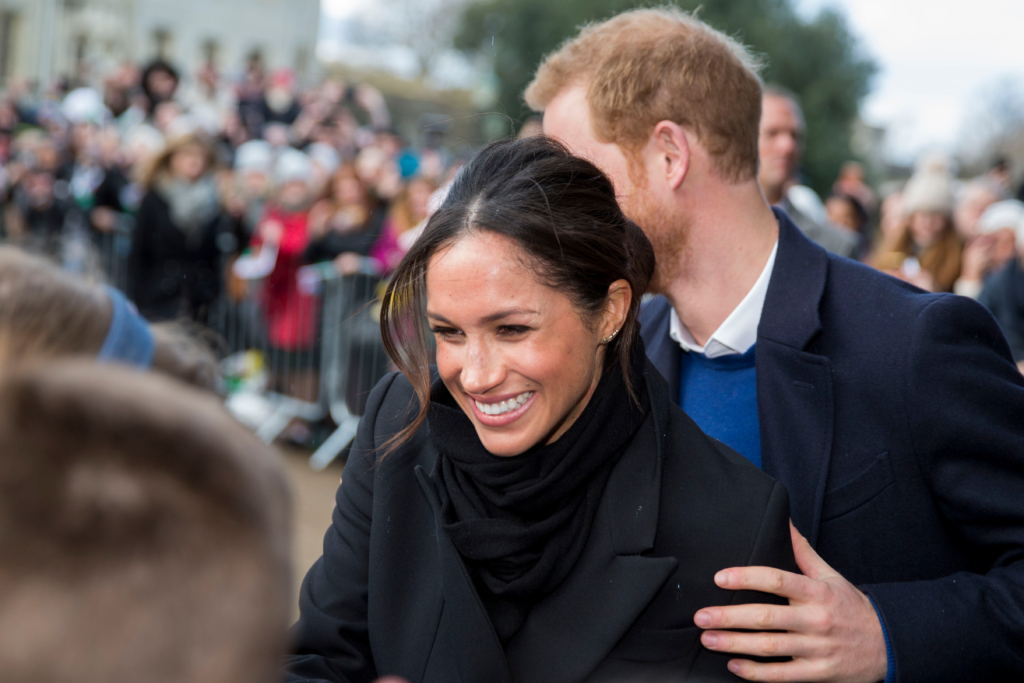Overview:
The Duchess of Sussex, Meghan Markle, launched a lifestyle brand–but she’s not receiving royal treatment from the USTPO. How might consumer surveys be used in branding and rebranding efforts or potential challenges?
What’s in a Title? American Riviera Orchard to As Ever
Meghan Markle’s official titles are Duchess of Sussex, Countess of Dumbarton, and Baroness Kilkeel, but has she earned an unofficial copycat title? The Duchess and her husband, Prince William, stepped back from royal duties in 2020 and are pursuing lives and livelihoods in the United States. Before marrying Prince William, Meghan Markle was an actress with a lifestyle blog called The Tig, which was shut down in 2017 upon marrying Prince Harry. In 2024, Markle returned to this lineage to launch another lifestyle brand called American Riviera Orchard.
American Riviera Orchard is a nickname for Santa Barbara, where the royal couple resides. However, the United States Patent and Trademark Office rejected their trademark application because it was not feasible to trademark a place, and also due to a clerical error. In addition, Harry & David, a specialty supplier of preserves, fresh fruits and vegetables, and gift baskets, protested that the mark was too similar to the mark for their Royal Riviera line of products. Back to the cutting board to carve out another lifestyle brand.
Infringing, As Ever
On February 18, 2025, Markle announced the rebranding of American Riviera Orchard as As Ever. Netflix will promote As Ever along with its show, With Love, Meghan, which is part of a $100 million partnership between the streaming service and the Duke and Duchess. Both the brand and show will be promoted together.
This name and logo are also not without potential confusion and trademark limitations. As Ever will not be permitted to sell clothes, because the Chinese clothing manufacturer ASEVER holds brand trademarks and contested the trademark. As Ever is also the name of a vintage fashion brand owned by Mark Kolski in New York. In addition, As Ever Photography is a wedding photography business in Arizona that holds a trademark for that name for photography services. Lastly, the town of Porreres in Mallorca, Spain, is considering taking action because its coat of arms features a palm tree flanked by two birds, just like Markle’s. However, the birds on the town’s seal are swallows, while the As Ever birds are hummingbirds. For these reasons, the trademark community is buzzing–and surveys are as relevant as ever.
Can Consumer Surveys Cut Through Any Confusion?
While objections to the As Ever trademark exist, there did not appear to be any active conflict as this post was being written. Mark Kolski, of the As Ever tracksuits, issued a statement that wished Markle well and thanked her for the bump in interest in his business. Wedding photographer As Ever and clothing manufacturer ASEVER made clear they planned to protect their interests, should Markle’s brand produce competing products or offer competing services. The town of Porreres has only publicly issued a complaint. But what if a dispute arose?
If a dispute arose with any of these parties, consumer surveys could be used by either side to measure any consumer confusion. The Duke and Duchess of Sussex are one of the most well-known couples in the world, and their partnership and television show with Netflix amplifies the recognition of a brand, regardless of how long it has existed. In this instance, the survey would likely measure reverse confusion, because Markle’s brand is a junior user, meaning it was the second to use the trademark at issue. Reverse confusion describes a situation in which consumers confuse the senior user of a trademark–the user who used the mark first–for a newer but better-known junior user.
There are two court-accepted formats for measuring likelihood of confusion (whether it’s reverse or forward confusion). One of them, the Eveready format, measures whether consumers mistakenly believe one mark is actually from or affiliated with the other party. Finding a likelihood of confusion in an Eveready survey requires that one brand be recognizable enough among target consumers that survey respondents can recall that party when shown the other party’s mark. This is unlikely to be true for most of the brands that might challenge Markle’s As Ever, but could be true for As Ever after it has become established.
The other survey format for measuring likelihood of confusion, the Squirt format, shows both marks, often in a lineup of several competing marks. However, the Squirt format requires that the trademarks be sold in proximity in the marketplace. In this case, assuming that Markle’s As Ever brand does not sell clothing or offer wedding photography services, establishing proximity in the marketplace between the brands at issue might be difficult. Markle’s brand would not be selling the same products or services as the other brands. In the case of the Spanish town, Porreres, geographic location might also make proximity hard to show.
As a result, measuring confusion in a hypothetical conflict between Markle’s As Ever and one of these other brands would likely be possible with a survey only if As Ever achieves enough notoriety for consumers to remember it easily. Time will tell whether the brand accomplishes this–and whether any of the other trademark holders want to take on a case that could be a royal pain.
MMR Strategy Group Surveys Measure Likelihood of Confusion
MMR Strategy Group has decades of experience designing and conducting reliable litigation surveys. If you’re interested in survey evidence for trademark, false advertising, or patent matters, contact us to discuss how we can help.
